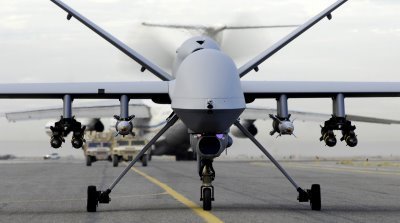Space Robots
In what is being called the most technical mission to date, three individual robots will be used in the latest mission to the International Space Station, with the goal of enlarging the Japanese laboratory embedded in the Space Station.
For the duration of the 16-day mission, there will be five spacewalks and working with three robotic arms. One of them will walk across the outside of the space station in a similar fashion of the slinky toy so many children enjoy.
Holly Ridings, head space station flight director for the Endeavour mission, said it is one of the most technical undertaken by NASA. The mission goals couldn't be reached, she added, without the use of NASA robotics technology.
"The length of the mission, the five spacewalks, the robotics used almost every single day and 13 crew members makes it a big puzzle and all those pieces need to fit together correctly to get everything done," said Ridings, adding that NASA space missions will become increasingly dependent on robots.
"We have learned a lot about robotics and about working together with robot," she said. "Our spacewalkers are involved in activities while the robotic arms are looking at them and giving us camera views. The choreography of the different robotic arms is really complicated, and we've learned a lot about it and we do it well. Robotics is really one of the things that NASA has a lot of experience in and it's allowing us to do some wonderful things on the space station."
Endeavour is set to dock with the space station early Monday morning. Then the real difficult work begins on Tuesday when two astronauts will take the mission's first spacewalk with the aid of two robotic arms.
Ridings explained that as the astronauts start their work outside the space station, a robotic arm will lift a 4-ton piece of the Japanese complex out of the shuttle's payload bay. This piece, which has been named a "front porch", will be permanently attached to the outside of the Japanese module. It is built to hold its own payloads, as well as host experiments that need to be conducted in outer space.
Space Robots
Sunday, June 14, 2009
Subscribe to:
Post Comments (Atom)

No comments:
Post a Comment